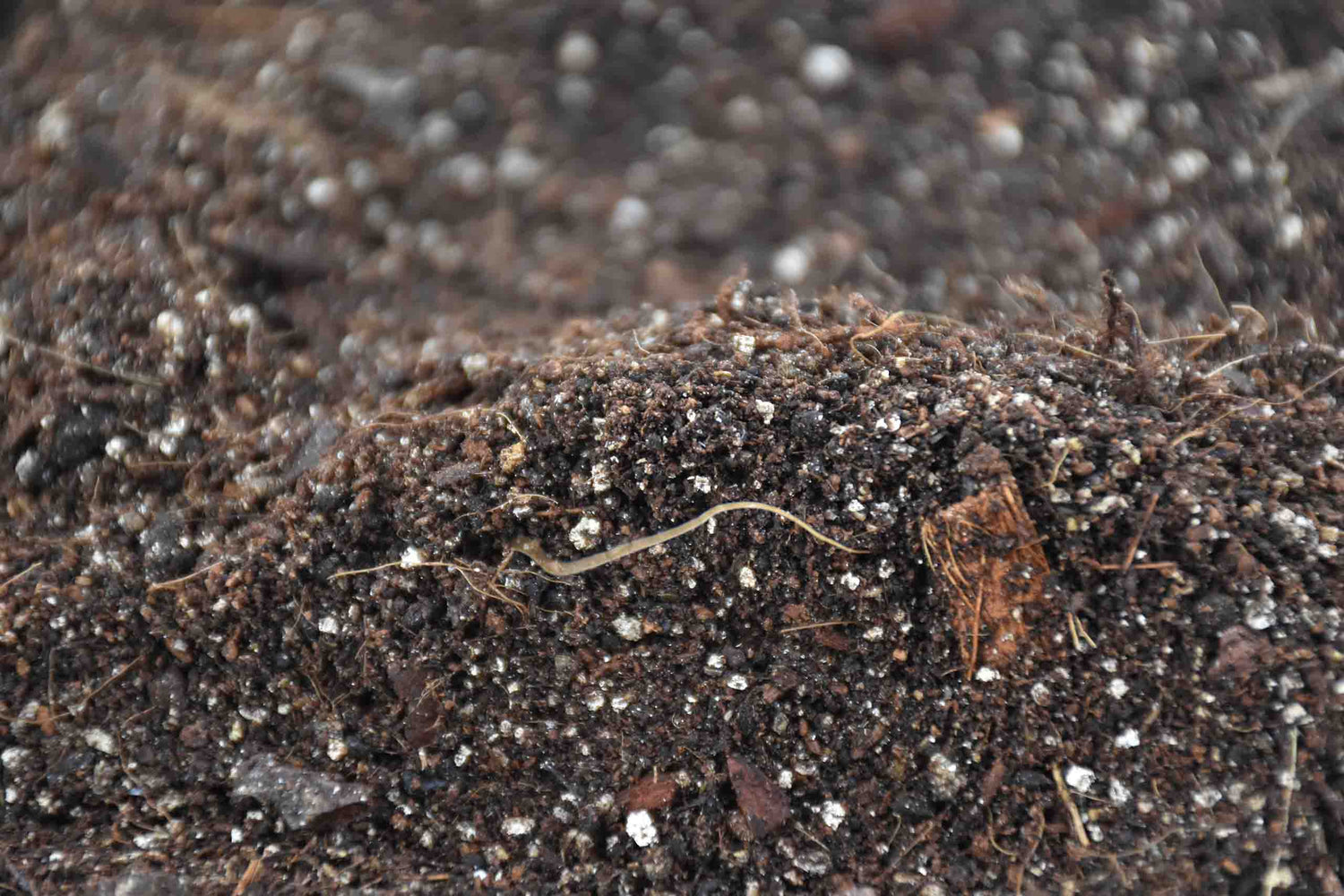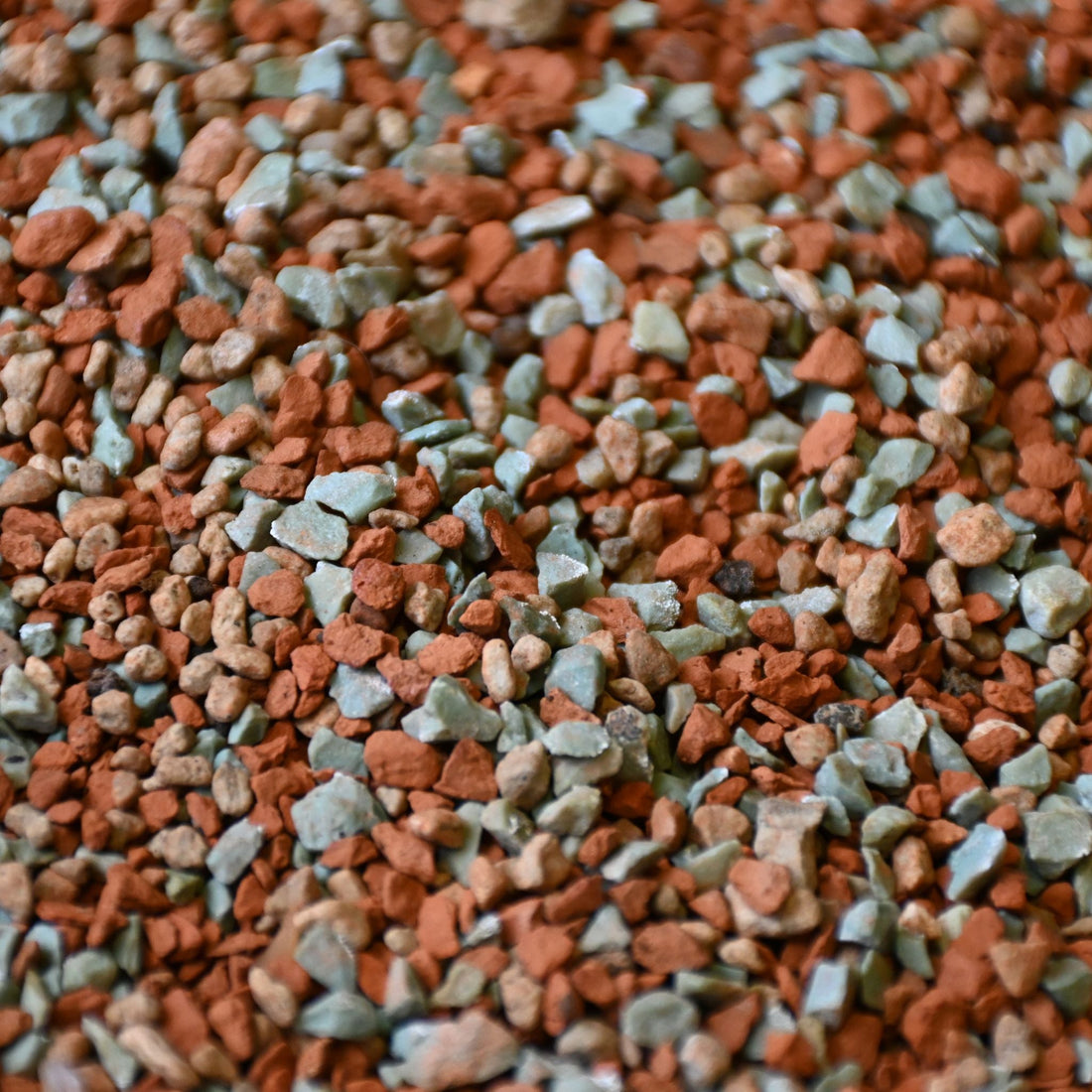Switching your plants from soil to a semi-hydroponic setup can feel like a big step, but once you get started you’ll see why so many plant lovers are making the switch. Growing on SYBAStones is cleaner, makes watering more predictable, and gives you a clearer view of how healthy your plant’s roots are.
In this guide, we’ll walk through everything you need to know — from choosing the right mix, to setting up your pots, to feeding your plants for long-term success.
Why Semi-Hydro?
The main reason people switch from soil to SYBAStones is control. With soil, water and nutrients are harder to measure. In semi-hydro, you know exactly what goes in, and you can quickly spot problems. There’s less mess, fewer pests, and in many cases, faster root growth.
That said, not every plant will thrive. As a rule of thumb: if your plant hates wet soil, it might not enjoy semi-hydro. But don’t let that stop you from experimenting — plenty of so-called “sensitive” plants adapt well once they’re given the right conditions.
Key Differences: Soil vs. SYBAStones
- Watering: In semi-hydro, roots draw directly from a reservoir. You top it up when it runs low.
- Feeding: Mineral mixes don’t have living microfauna like soil does. That means organic fertilisers don’t work. You’ll need mineral fertilisers designed for semi-hydro.
- Cleanliness: SYBAStones don’t break down like soil, so you won’t get compaction or soggy patches.
- Pests: Cleaning roots before transfer drastically reduces fungus gnat risk.
Getting Started With SYBAStones
Step 1: Rinse Thoroughly
Always rinse SYBAStones until the runoff water is clear. This removes transport dust and ensures the media doesn’t cloud your reservoir.
Step 2: Clean the Roots (Critical Step!)
This is the single most important step when moving a plant from soil to SYBAStones. You must rinse every bit of soil from the roots before potting.
If soil is left behind, it can stay wet inside the mineral media, creating pockets where rot, mold, or fungus gnats thrive. Many failed semi-hydro conversions come from skipping this step. Be patient:
- Rinse roots gently under lukewarm water.
- Massage soil away without breaking healthy roots.
- For stubborn clumps, leave the roots to soak in water, then rinse again.
Clean roots = healthy transition. Skipping this = problems down the line.
Step 3: Pick the Right Pot
For most houseplants, self-watering pots work beautifully. The reservoir provides a steady water supply, and roots grow into it at their own pace.
Exception: Cacti and succulents. They prefer drier roots and should be grown in a regular Cacti & Succulent pot without a self-watering reservoir.
Step 4: Potting Up
- From water propagation: Transfer cuttings directly into SYBAStones.
-
From soil: After fully cleaning the roots, pot as you would with soil — a layer of mix at the bottom, plant in, then fill around the roots with SYBAStones.
Which Mix Should You Choose?
SYBAStones come in different grain sizes and blends to suit different root systems. Choosing the right one makes all the difference.
Fine Houseplant Mix (4–8 mm)
Perfect for smaller plants and rooted cuttings. Compact root systems do well here because the finer grain provides a balance of aeration and moisture.
Base Mix (4–8 mm, unfertilised)
Ideal for most adult houseplants like Alocasia, Anthurium, Calathea, Maranta, and smaller aroids such as Philodendron.
Unlike other mixes, the base mix contains no added fertiliser, giving you full control over feeding.
Chunky Houseplant Mix (8–16 mm)
Best for plants with large, thick roots such as Monstera. A simple rule: if the roots are thicker than your pinky finger, go chunky. The larger stones provide extra air flow.
Cacti & Succulent Mix (2–5 mm)
Made from pumice, lava stones, and zeolite. This mix keeps the soil airy while storing enough moisture to keep cacti and succulents healthy. Always use it in a non-self-watering pot to avoid root rot.
Orchid Mix
Orchids have special needs: they want airflow around their roots but still need moisture. The orchid mix balances drainage, air flow, and nutrient retention, helping orchids bloom more consistently.
Feeding in Semi-Hydro
Here’s where semi-hydro differs most from soil: fertilisers.
- Use mineral fertilisers specifically designed for semi-hydroponics, such as cacti slow-release plant food or orchid slow-release plant food.
- Organic or “BIO” fertilisers, like those used in SYBASoil, won’t work because there are no microfauna to break them down.
- Most fertilised mixes (except Base) will provide nutrients for 4–6 months. After that, you’ll need to supplement.
- You can add new fertilisers all year round, such as tropical slow release plant food, thanks to its season adjustability.
Tip: Less is more. Start with weaker doses and increase gradually. Semi-hydro roots are more exposed, so they feel the effects of overfeeding quickly.
Practical Tips and Troubleshooting
- Always clean roots fully before potting — leftover soil is the #1 cause of rot and mold.
- Start with forgiving plants like Monstera, Philodendron, or Syngonium before experimenting with fussier ones (or variegated varieties).
- Monitor reservoirs closely at first. Some plants drink quickly, others barely touch the water. Adjust accordingly.
- Yellowing leaves? Could be overwatering or too much fertiliser. Flush the stones with clean water and start fresh.
- Brown or mushy roots? Often caused by stagnant water. Empty, rinse, and reset the reservoir.
- Cacti and Succulent growers: Remember, your mix holds moisture even without a reservoir. Let the pot dry out before watering again.
Quick Comparison Table
|
Mix |
Grain Size |
Best For |
Fertilised |
Pot Type |
|
Fine Houseplant Mix |
4–8 mm |
Small plants, rooted cuttings |
Yes |
Self-watering |
|
Base Mix |
4–8 mm |
Most houseplants (Alocasia, Maranta, etc.) |
No |
Self-watering |
|
Chunky Houseplant Mix |
8–16 mm |
Large-rooted plants (Monstera, etc.) |
Yes |
Self-watering |
|
Cacti & Succulent Mix |
2–5 mm |
Cacti, succulents |
Yes |
Regular, non-self-watering |
|
Orchid Mix |
1-5 mm |
Orchids needing airflow & moisture |
Yes |
Self-watering or orchid pot |
Final Thoughts
Semi-hydro isn’t a one-size-fits-all solution, but for many plants, it’s a game-changer. You’ll enjoy cleaner care, fewer pests, and a more controlled feeding schedule. Whether you’re starting cuttings, upgrading a Monstera, or trying to coax an orchid into bloom, there’s a SYBAStones mix designed for your plant.





